
|
ECGbook.com Making Medical Education Free for All |
Upload ECG for Interpretation |

|
ECGbook.com Making Medical Education Free for All |
Upload ECG for Interpretation |
Home /
Vereckei aVR algorithm (ventricular tachycardia vs. SVT with aberrant conduction)
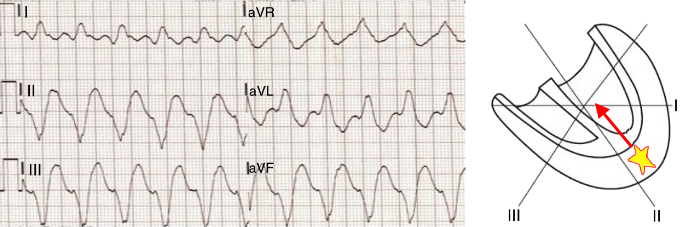
Ectopic Focus in Ventricular Tachycardia

Wide-Complex Tachycardia
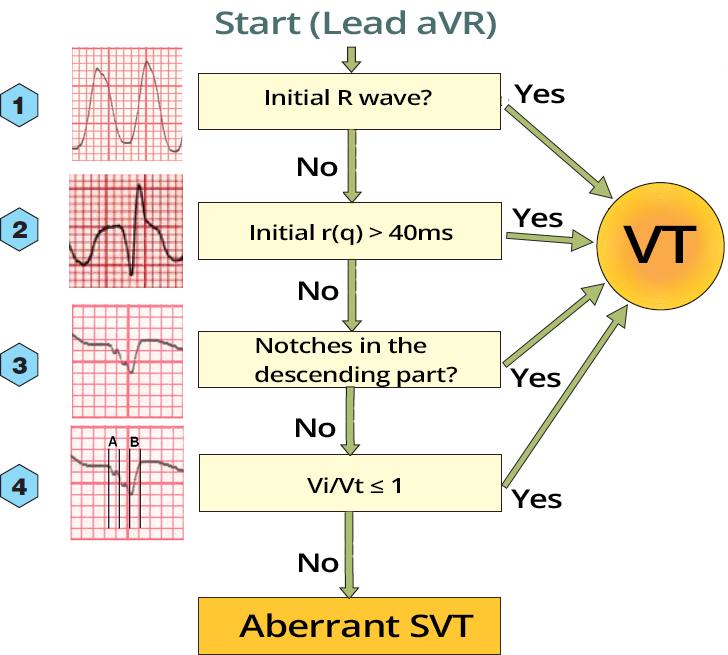
aVR Algorithm (Evaluates only the aVR Lead)

Wide-Complex Tachycardia
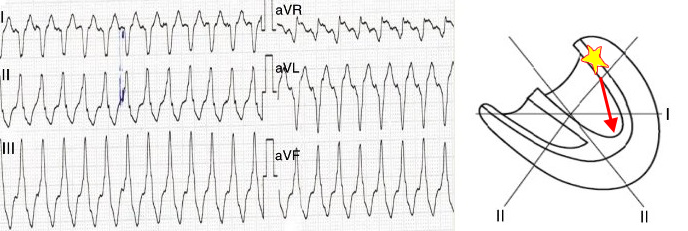
Wide-Complex Tachycardia
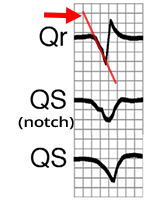
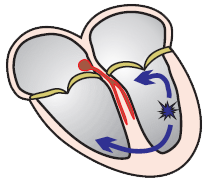

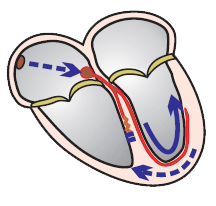


Wide-Complex Tachycardia

Wide-Complex Tachycardia

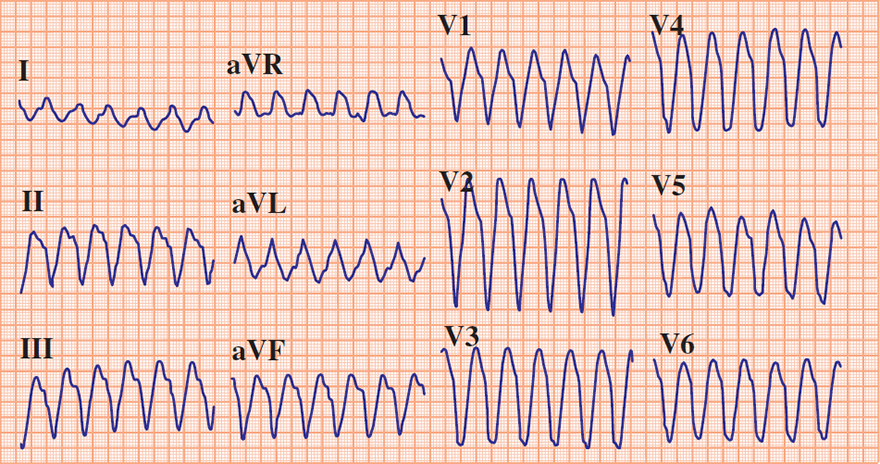
Wide-Complex Tachycardia

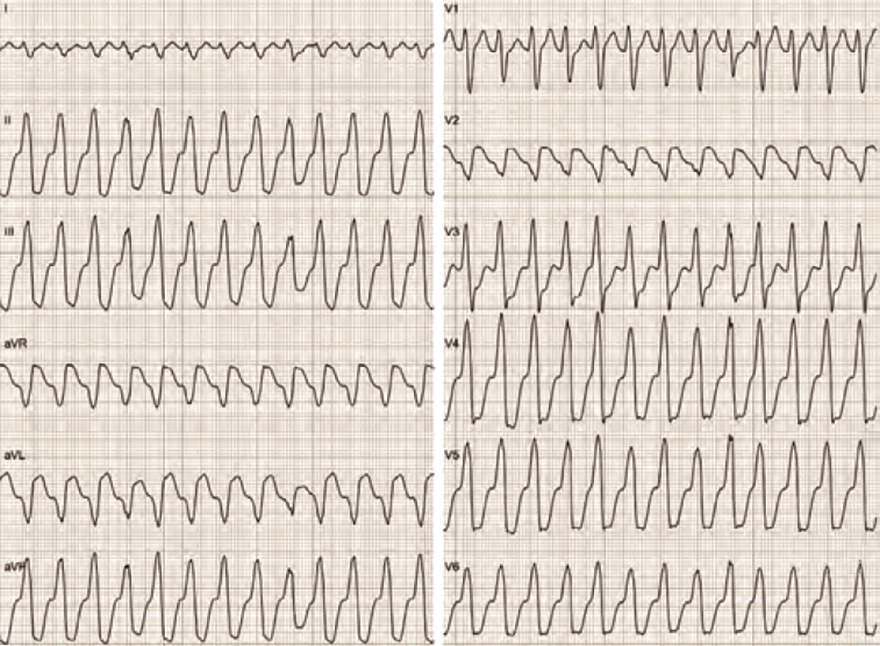
Wide-Complex Tachycardia
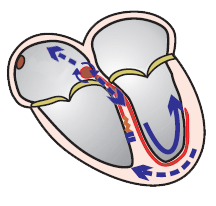

Wide-Complex Tachycardia
Sources
Home /
Vereckei aVR algorithm (ventricular tachycardia vs. SVT with aberrant conduction)

Ectopic Focus in Ventricular Tachycardia

|

|

|


Wide-Complex Tachycardia

aVR Algorithm (Evaluates only the aVR Lead)

Wide-Complex Tachycardia

Wide-Complex Tachycardia

|

|
|

|

|
|

|
|

Wide-Complex Tachycardia
|

Wide-Complex Tachycardia
|

|
Wide-Complex Tachycardia
|

|

|
Wide-Complex Tachycardia
|

|

|
Wide-Complex Tachycardia
|
 |
Sources